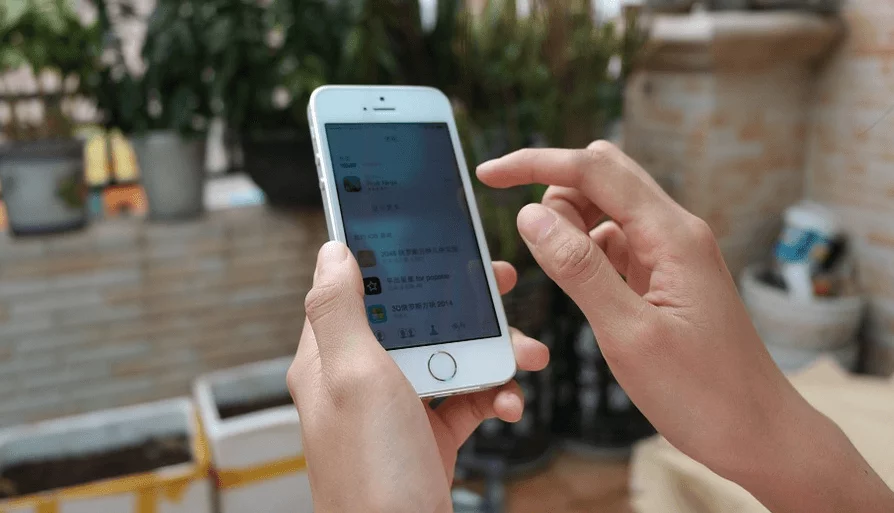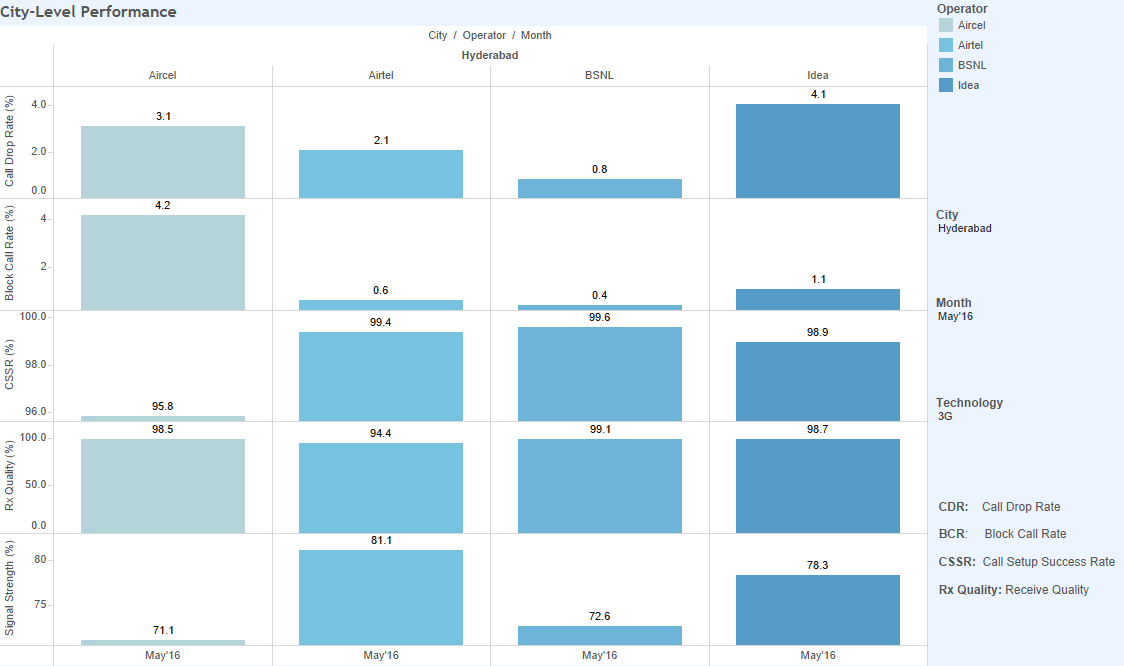Earlier last week, Indian telecom regulator TRAI published the results of Independent Drive Tests conducted in Delhi and Hyderabad. TRAI had appointed M/s Phistream Consulting to conduct these tests.

The Methodology
- The tests were conducted in 2G + 3G Mode (Auto)
- The test results obtained from these drive tests were conducted to assess the network condition more specifically in terms of Radio Frequency (RF) Coverage; Rx Quality; Call Setup Success Rate; Call Drop Rate; Blocked Calls and Carrier to Interference ratio.
- In Delhi: The total drive route covered is approximately 600 km over a period of 4 days using two vehicles. The drive test was carried out between 9:00 AM to 9:00 PM from 3rd to 6th May 2016. ~12300 total calls were made for all 14 operators.
- In Hyderabad: Independent Drive test was conducted in Hyderabad & surrounding areas from 9:00 AM to 9:00 PM from 5th to 7th of May 2016. The drive test covered an area of approximately 300 km over a period of 3 days. A Total of ~7450 calls were made for eight 2G networks, four 3G networks and two CDMA networks covering 9 operators. Note: On the 2nd day of the drive (6-May-16) due to 6 hours of rain, drive period was reduced by 1.5 - 2 hours.Roads and Areas covered in Hyderabad is shown in the below map.
Key Results
Delhi
- The Call Setup Success Rate (of > 95%) was met by all operators except MTNL 3G
- Except RCOM 2G, 3G, and MTNL 3G, all operators met the blocked call rate benchmark (< 3%)
- Most operators failed to meet Call Drop Rate benchmark (< 2%)
- Most operators failed to meet Rx quality benchmark (> 95%)
2G Network

3G Network

Hyderabad
- The Call Setup Success Rate (of > 95%) was met by all operators
- Except Aircel 3G all operators met the blocked call rate benchmark (< 3%)
- Most operators failed to meet Call Drop Rate benchmark (< 2%)
- Most operators failed to meet Rx quality benchmark (> 95%) except 3G networks of Aircel, Idea, BSNL, and 2G network of Vodafone
2G Network

3G Network

For more detailed insights from the TRAI Reports check out TRAI IDT page.
Our Thoughts
While TRAI / partners are following an acceptable methodology to assess the call drop situation in major cities, it must be remembered that the call drop menace is experienced PAN India. Instead of trying to make progress with limited resources and time, TRAI must consider crowdsourcing route to check the ground reality.

Crowdsourcing
Crowdsourcing would mean inviting normal mobile phone users to report call drops. With smartphones being omnipresent, an app in the lines of TRAI's DND app would make things easier for both TRAI and normal users. As we noted earlier, such an app for consumers
- Could be used to submit time and signal strength values at which a call got disconnected. In order to achieve this, the app can collect data at regular intervals in the background but submit only if a consumer wishes to submit a report.
- The app can also be used to make voluntary signal quality submissions.
In fact, telecom service providers can partner with TRAI for this initiative and make honest efforts to learn about call drop locations. Availability of reliable signal quality and call drop information would mean faster resolutions using analytical solutions at a telco's end.
What do you think about TRAI's Independent Drive Tests? Do you think they can solve the larger problem of call drops all over the country? Comment below or tweet to me @gischethans.















